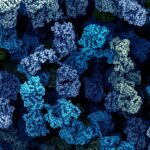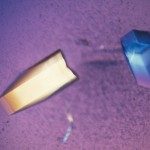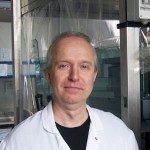Lien vers Pubmed [PMID] – 23378416
J. Antimicrob. Chemother. 2013 Jun;68(6):1285-96
OBJECTIVES: Candida albicans is the most prevalent fungal pathogen of humans, causing a wide range of infections from harmless superficial to severe systemic infections. Improvement of the antifungal arsenal is needed since existing antifungals can be associated with limited efficacy, toxicity and antifungal resistance. Here we aimed to identify compounds that act synergistically with echinocandin antifungals and that could contribute to a faster reduction of the fungal burden.
METHODS: A total of 38 758 compounds were tested for their ability to act synergistically with aminocandin, a β-1,3-glucan synthase inhibitor of the echinocandin family of antifungals. The synergy between echinocandins and an identified hit was studied with chemogenomic screens and testing of individual Saccharomyces cerevisiae and C. albicans mutant strains.
RESULTS: We found that colistin, an antibiotic that targets membranes in Gram-negative bacteria, is synergistic with drugs of the echinocandin family against all Candida species tested. The combination of colistin and aminocandin led to faster and increased permeabilization of C. albicans cells than either colistin or aminocandin alone. Echinocandin susceptibility was a prerequisite to be able to observe the synergy. A large-scale screen for genes involved in natural resistance of yeast cells to low doses of the drugs, alone or in combination, identified efficient sphingolipid and chitin biosynthesis as necessary to protect S. cerevisiae and C. albicans cells against the antifungal combination.
CONCLUSIONS: These results suggest that echinocandin-mediated weakening of the cell wall facilitates colistin targeting of fungal membranes, which in turn reinforces the antifungal activity of echinocandins.









